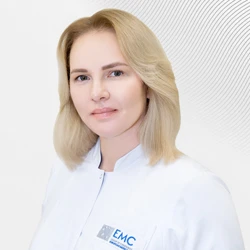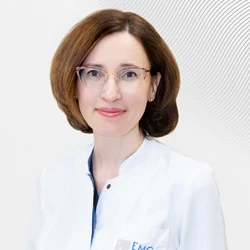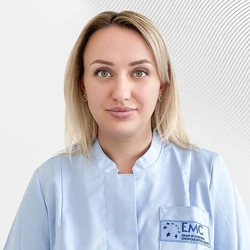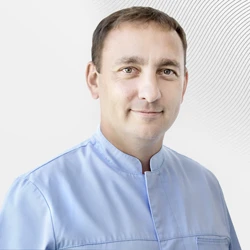Muscular dystonia syndrome in infants
Let's first figure out what muscle tone is and what could be the reasons for its increase?
So, muscle tone is understood as the resistance of a muscle that occurs when it is passively stretched during movement in a joint. A number of structures of the spinal cord and brain are involved in the regulation of muscle tone. For the formation of pathological muscle tone, especially increased (“hypertonia"), a compelling reason is needed related to damage, disruption of the structure of the brain and/ or spinal cord. For example, such causes may include severe hypoxia during childbirth (Apgar score <5 points), trauma, encephalitis, malformation of GM and/or CM, as well as a number of rare genetic diseases. Thus, in the absence of the serious reasons described above, the presence of abnormal muscle tone in the child is unlikely.
Let's look at some of the most common clinical situations where the conclusion “Muscular dystonia syndrome” sounds scary, but is only a case of overdiagnosis.
In children from birth to 3-3.5 months, the tone of the muscles that bend the limbs is normally increased. This is manifested by a peculiar pose, when the child's legs and arms are mostly in a bent position. Such manifestations are normal and do not require treatment or massage.
The child's reliance on the toes of the feet and/or stretching of the toes during verticalization at the age of 5-7 months as an isolated symptom occurs within the norm. This is due to the stages of formation of motor function and is not a sign of pathology, especially as serious as cerebral palsy (cerebral palsy).
The term "dystonia" refers to a violation of the mechanism of mutual regulation of the tone of various muscles among themselves. When this mutually consistent regulation is disrupted, this is what is called dystonia. The fact is that in the first year of life, especially in the first months, children are normally very dystonic, since the formation of interaction and regulation of the tone of various muscle groups will occur up to 2 years old, and most actively in the first 14 months. We can often see a certain one-sidedness: the movements of the limbs of one half of the body may be more active, the tone is slightly higher. This is typical for children under 6 months of age. As the brain and nerve pathways develop, as well as motor skills develop, the symmetry of movements is formed. Massage courses with physical therapy elements affect this process only indirectly as an exercise, skill training. If you teach your child how to sit, crawl, stand up, etc., the result will be the same, and often much better, because the contact and degree of trust of parents is much better than a massage therapist, a stranger.
In this article, we have reflected the most common clinical situations. Of course, everything is not so clear. Therefore, if a child's developmental disorders are suspected, it is necessary to consult a qualified pediatric neurologist.
Why the EMC
The first and only clinic in Russia, created in the image of the world's leading clinics
EMC is a multidisciplinary center offering patients a high level of medical services and a personalized approach
Worldwide recognition and awards
 Learn more
Learn more
Worldwide recognition and awards
 Certificates and licenses
Certificates and licenses
Make an appointment for a consultation
Specify your contacts and we will contact you to clarify the details
Reviews
and new products of the EMC


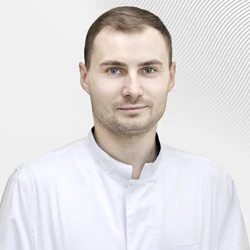
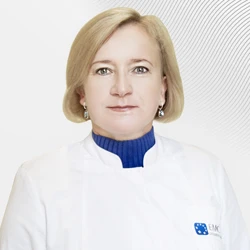
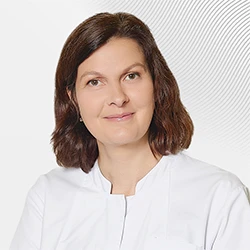


.webp)
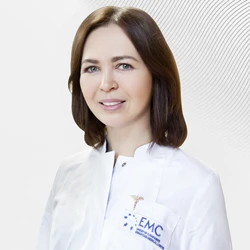

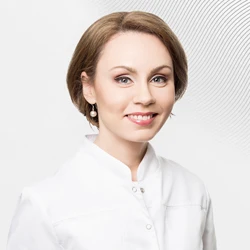

.webp)
